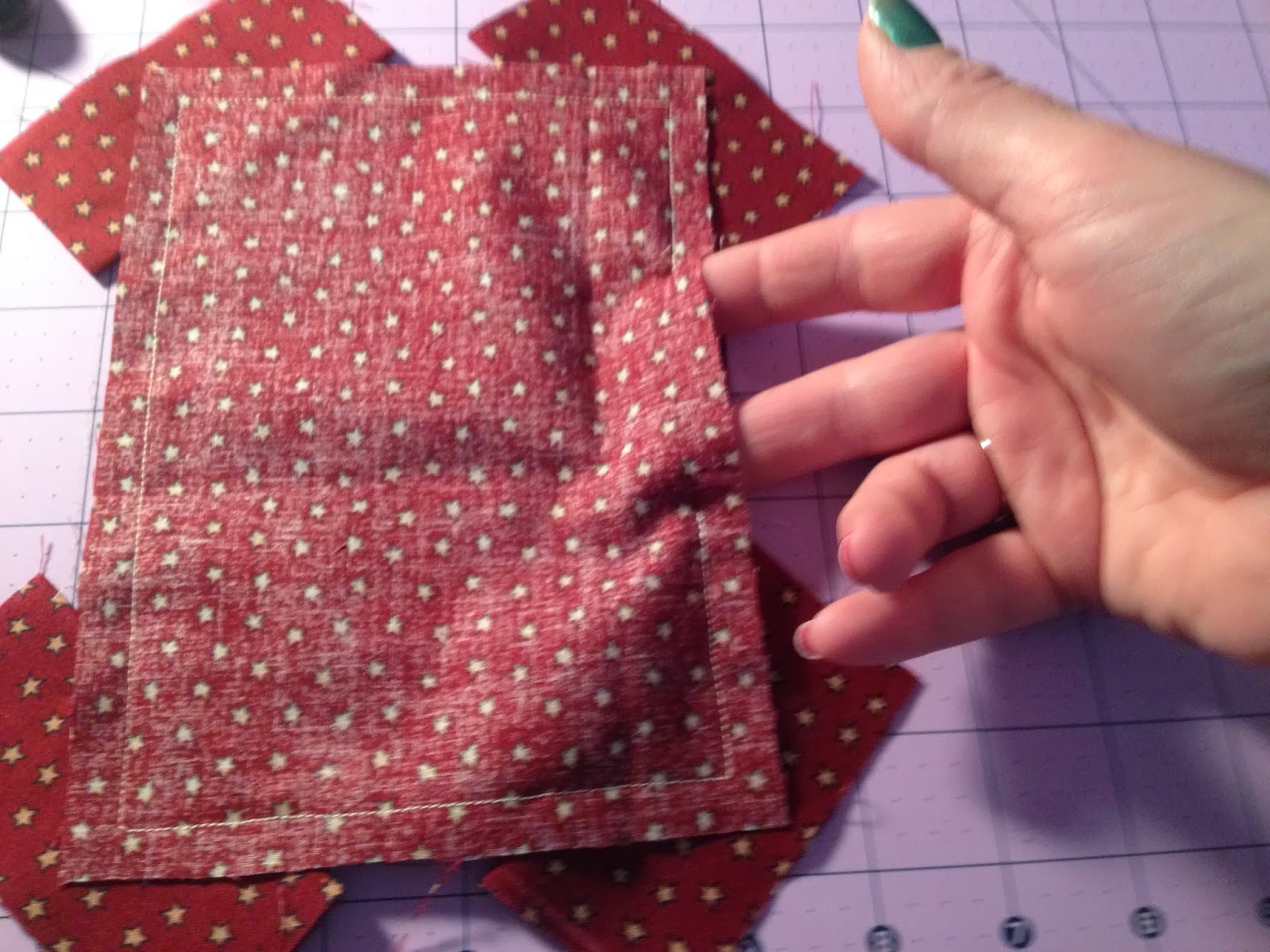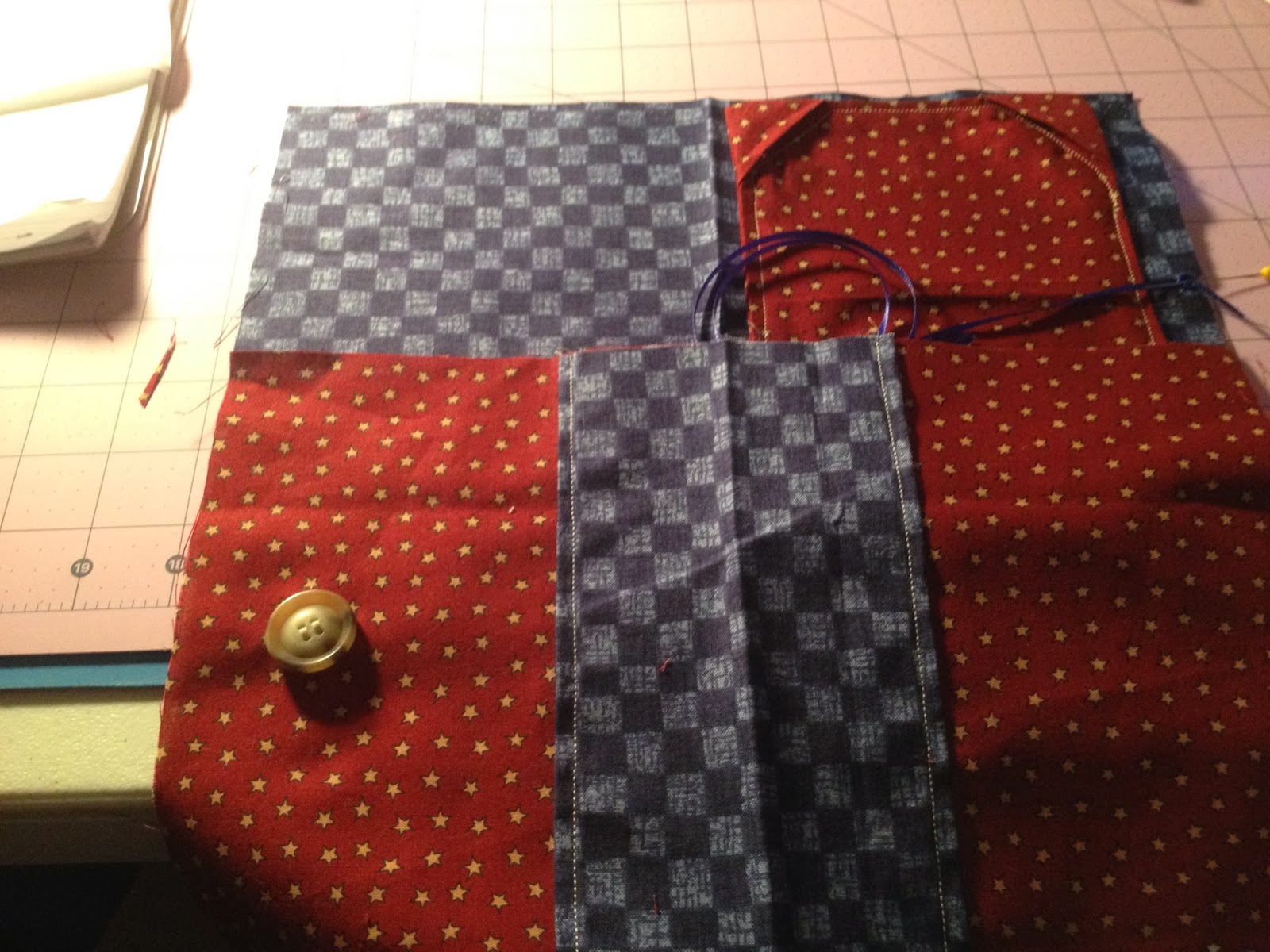There are so many ways of raising your children, it would be all but impossible to list them. One little thing that you do differently than the next person can exemplify such a difference in the choices you make as opposed to your sister, your best friend, or your own mother. And that's not a bad thing. There are just as many different children out there as there are parenting styles to care for them. There is no one right way; just different ways.
However, in working as a professional child care provider, I have observed habits and reactions in children which I have named the Indulged Child Syndrome. In my experience, there can be too much giving in to a child, even an infant. Children are so smart; it doesn't take them long at all to learn cause and effect. I mean, that's how they learn to let us know that they have needs. They cry, and we help them out with food, a clean diaper, a warm snuggle. The difficult situations that I have observed stem from children who haven't heard 'no' or 'wait'.
I totally understand that a lot (in fact, almost all) of the children in my care are the only child in their homes. And it is a complete culture shock to go from being the one and only, to one of four, with up to 12 infants and three adults to care for them. It's loud and sounds different, it smells different, it looks different, and mom and/or dad is not there to rescue them. Pretty scary when you're so little. But the child who learns instant gratification for everything is going to have a hard time when they need to be able to work in a group: when they start kindergarten, when they join a team or club, when they get a job... Babies are very self centered, but it is helpful all around for them to know that waiting doesn't mean that they are forgotten.
I love rocking the sweet babies at work to sleep. Now that my super baby is a big boy toddler, he does better falling asleep on his own, in his bed. Otherwise, he has too much fun trying to play with me when he should be going to sleep. But I sure do miss those cuddles from when he (and both of my others) was my little guy (or gal) and I could rock him to sleep at night. Now, I get my fix during the day. And sometimes, I swear that they think that is all I have to do. After a child falls asleep, I like to give them about 5-10 more minutes, depending on the child, to make sure that they are all the way asleep before I try to lay them in their crib. However, I do have on occasion children who will be sound asleep in your arms until the thought that you could lay them down crosses your mind. I mean, I don't even have to prepare to stand up, I'm just thinking that I've been sitting with them sleeping for a while... Aaaand there's those beautiful eyes. It can be so hard, because they so need a nap and you work so hard to help them get the sleep they need so badly... I don't always know what to say to parents about that. I've had so many to whom I explain this interesting conundrum, and they tell me how their darling goes down just fine at home. And it could be as simple as the center being so different in so many ways from home. But I've also had some that tell me that their child only sleeps when they are held. Or in the swing, infant seat, or car seat. Or on the couch, boppy, or pack'n'play. And unfortunately, those are all places I'm not allowed to let the children nap, due to safety concerns. But it sure can be hard when we spend so much time helping a child get to sleep for a nap they desperately need only to be unable to lay them in the safe place we need to use.
Another stressful habit in babies is the need to be fed to calm down. One thing I learned pretty quickly when I started working full time with just infants is that they cry for A LOT more reasons than that they are hungry. If a child has just eaten, like within the last 60-90 minutes, it's good to check for a diaper change, the temperature of their area, when they woke up last, if they need help soothing, and how long they've been at an activity before offering more to eat. If all else checks out, and your little one is still fussy, by all means offer something to drink/eat. But usually, it's not the first thing needed. Here is a great article from the blog at nursingdegree.net, which lists some possible outcomes and dangers of infant obesity.
The last indulged child habit I wanted to touch on tonight is the child who doesn't know how to entertain themselves, or soothe even slightly. I have yet to sprout an extra set of arms to hold the child who needs that to be able to calm while changing another's diaper, or making bottles without worrying about the open bottle getting knocked over or sneezed into, or feeding another two,... The list is endless. We make jokes at work about our multi-tasking skills, but the truth is, it really is necessary at times. There is always something more that needs to be done, and in our efforts to get the children cared for in as timely and caring a manner as possible, we truly have to be able to pull off some awesome feats. (HUGE kudos here to all the wonderful caregivers I've had the privilege to work with, and all the others out there who chose this crazy, awesome, stressful, magical line of work). It can be so hard to have that child follow you everywhere you step, upset and not able to understand why you can't stop and hold them. After all, that's something that (I would imagine) can happen at home. So why do you have to take care of that other kid over there? I'm here, and desperate for you. I wish there was a way that I could explain to them how very important they each are to me, and how much I would love nothing better than a staff that is just there to make bottles, and change diapers, and feed cereal and purees and lunches, and clean up after everyone, and do my paperwork so that I can spend all day just sitting with them and getting them what they need. (If my boss sees that, she'll probably laugh hysterically at me for thinking it, but, hey, a girl can dream, right? :)) Since that isn't going to happen any time soon ever, I have to do the best I can. But there are days where it is so hard to listen to that sadness when I have to be doing something else.
So many of the habits and routines that children need are begun in infancy. It is so important that our children have the best start possible. When children are given too much input into the habits and routines that are set up for them, the potential for more difficulty arises. Figuring out the best balance of getting and giving your child what they need while allowing them the choices they want is a path that parents and caregivers walk daily. Communication is such a key to providing understanding and continuity for your child. And you are the one who knows your child best.

.JPG)
.JPG)










































.JPG)